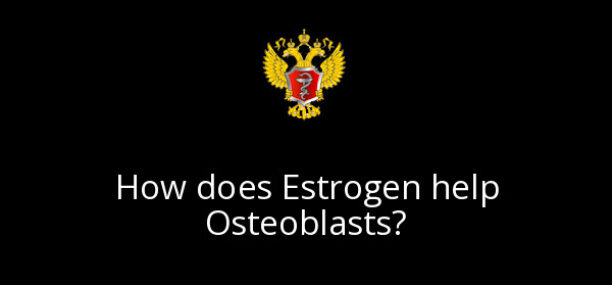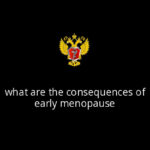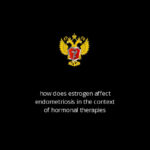Abstract
Estrogen exerts pleiotropic effects on osteoblasts through direct and indirect mechanisms, ultimately promoting bone formation and maintenance. Dysfunction or deficiency of estrogen can lead to impaired osteoblast function, contributing to conditions such as osteoporosis and increased fracture risk
How does estrogen help osteoblasts?
Estrogen plays a crucial role in promoting osteoblast function, which is essential for bone formation and maintenance. Here are the key processes and factors involved in how estrogen promotes osteoblast function:
- Stimulation of Osteoblast Differentiation: Estrogen stimulates the differentiation of mesenchymal stem cells into osteoblasts, the cells responsible for bone formation. This process is mediated by estrogen receptors present on osteoblast precursor cells.
- Increased Osteoblast Activity: Estrogen enhances the activity of mature osteoblasts, leading to increased production of bone matrix components such as collagen and osteocalcin. This results in the deposition of new bone tissue, contributing to bone strength and density.
- Inhibition of Osteoblast Apoptosis: Estrogen inhibits apoptosis (programmed cell death) of osteoblasts, thereby prolonging their lifespan and promoting continuous bone formation. This helps maintain bone mass and integrity.
- Regulation of Wnt/β-Catenin Signaling: Estrogen regulates the Wnt/β-catenin signaling pathway, which is critical for osteoblast differentiation and function. Activation of this pathway promotes osteoblast proliferation and bone formation in response to estrogen stimulation.
- Suppression of Osteoclast Activity: Estrogen indirectly promotes osteoblast function by suppressing the activity of osteoclasts, the cells responsible for bone resorption. By inhibiting osteoclast activity, estrogen helps maintain a balance between bone formation and resorption, favoring net bone deposition.
- Maintenance of Bone Marrow Microenvironment: Estrogen maintains a favorable bone marrow microenvironment for osteoblast activity by regulating the secretion of various cytokines, growth factors, and extracellular matrix proteins. This supportive environment facilitates the recruitment, proliferation, and differentiation of osteoblast precursor cells.
- Modulation of Growth Factors and Cytokines: Estrogen regulates the expression and activity of growth factors and cytokines involved in osteoblast function, such as insulin-like growth factor 1 (IGF-1), transforming growth factor-beta (TGF-β), and bone morphogenetic proteins (BMPs). These factors promote osteoblast proliferation, differentiation, and matrix synthesis in response to estrogen signaling.
Verified by: Dr.Diab (March 29, 2024)
Citation: Dr.Diab. (March 29, 2024). How does Estrogen help Osteoblasts?. Medcoi Journal of Medicine, 1(2). urn:medcoi:article32877.














There are no comments yet
Or use one of these social networks